Caraka Samhita: Sutra Sthana and Nidana Sthana (Volume 1)
Jaikrishnadas Ayurveda Series
Synopsis
Caraka Samhita is an authoritative text on Ayurveda, held in high esteem and being studied since many centuries in India. Its importance is great since it describes briefly in its 120 chapters, all the basic doctrines of Ayurveda. Some such doctrines are - Lokapurusasamya - (man a microcosm) Pancamahabhuta (five primary elements). Ayuhbheda (kinds of life) dosa-dhatu mala in their normal and abnormal states, Dhatu Samya is arogya (health) and Dhatu Vaisamya is roga (disease), methods of maintenance of dhatu samya (svastha vrtta), properties and functions of Ausadha (drugs) anna (articles of food); and Vihara (activities), doctrine of Rasa-guna-virya-vipaka-prabhava; ahara paka and dhatu utpatti -- (digestion of food and formation of tissues-metabolism) primary causes of diseases - Rogabheda (kinds of diseases), cikitsa bheda (kinds of therapies such as Panchakarma (five purificatory therapies) and many other topics - these pertaining to anatomy, physiology, materia medica, pharmacology, pathology and therapeuties - which are the essential subjects of medical science are included in this book. With the adoption of these doctrines only Ayurveda became a true science. Caraka Samhita represents one important branch of Ayurveda known as Kaya Cikitsa (inner medicine). Other seven branches also adopt these doctrines only. This has made Caraka Samhita, a source book for all. In view of its importance and popularity, many scholars have written commentaries on it. Many of these are lost and among the available ones, the commentary of Cakrapani Datta known as Ayurveda Dipika is considered the best. Hence its translation and inclusion in this book. Prof. K.R. Srikantha Murthy has experience of teaching all subjects of Ayurveda and also experience of translating many books of Ayurveda into English. So most suited for the translation of this important book.
Read more
36.00
32.4
$
40.00 $
Free delivery Wolrdwidе in 10-18 days
Ships in 2-4 days from New Delhi
Membership for 1 Year $35.00
Get it now and save 10%
Get it now and save 10%
BECOME A MEMBER
Books by the same author

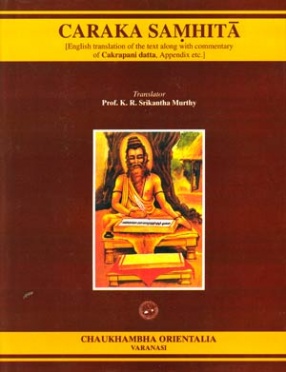
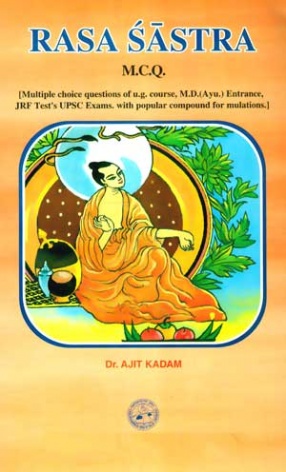
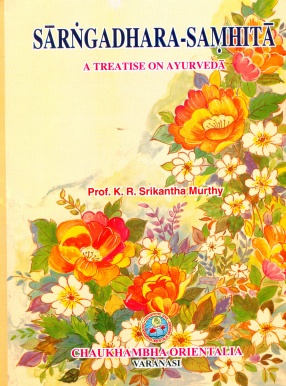
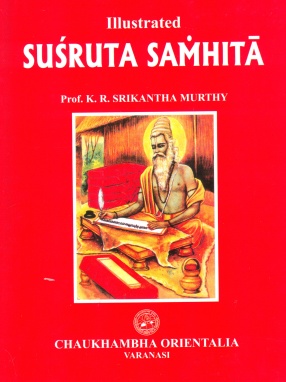
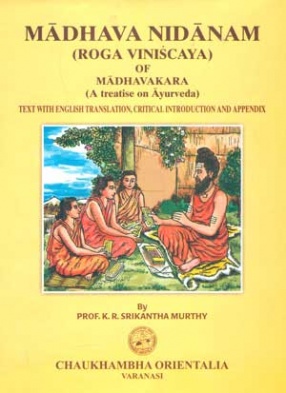
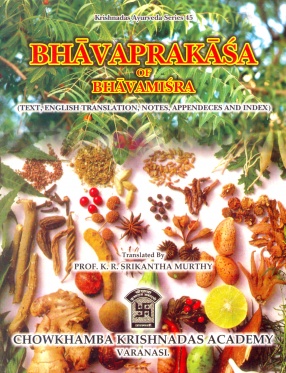
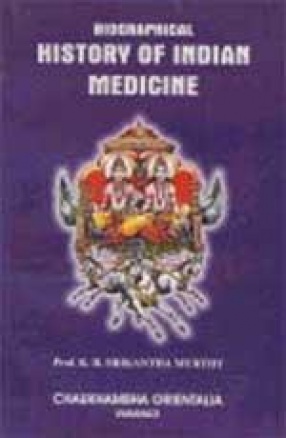

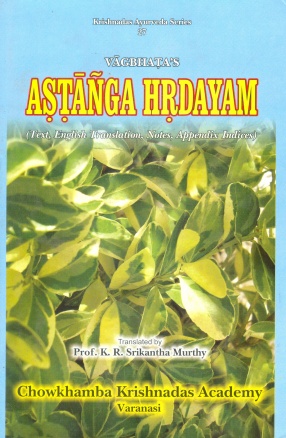
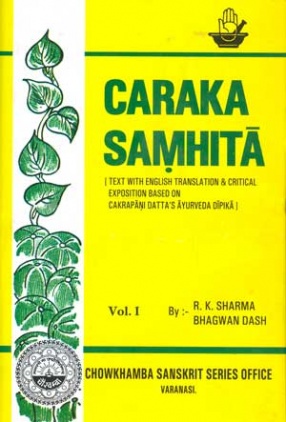
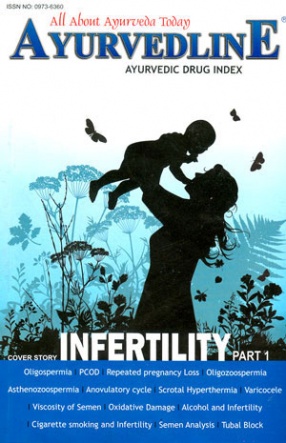
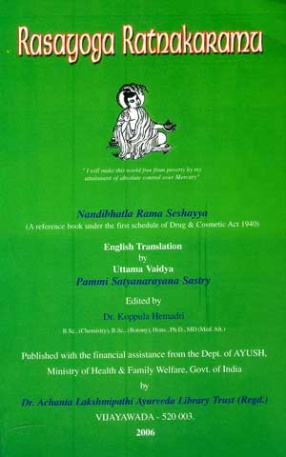
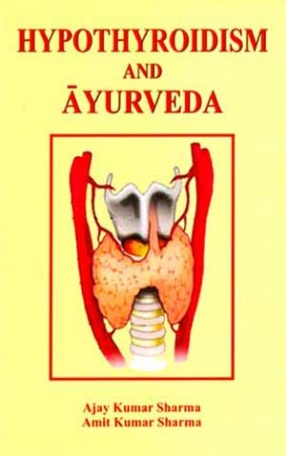

Bibliographic information